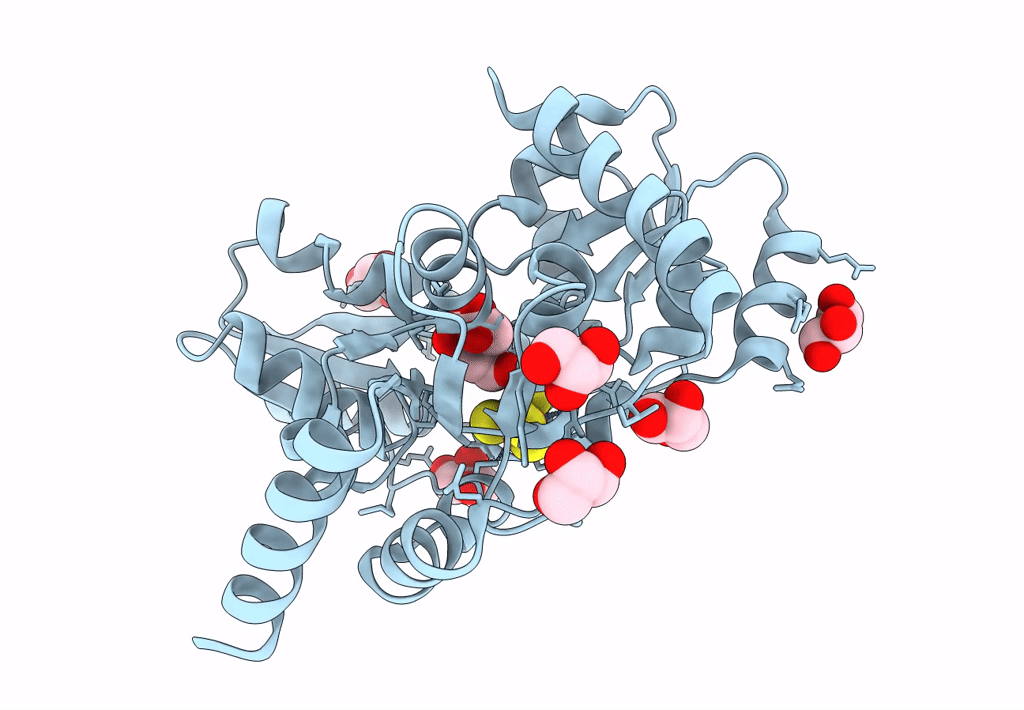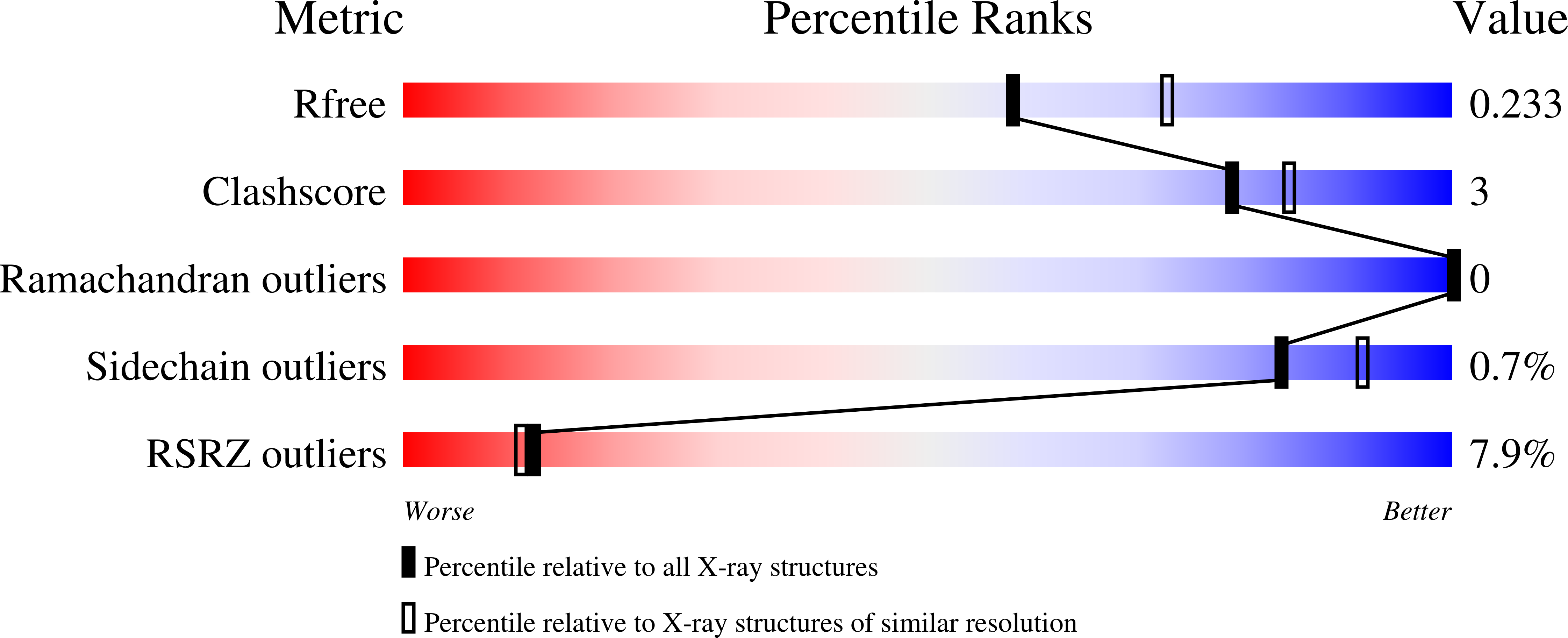
Deposition Date
2021-07-12
Release Date
2021-09-29
Last Version Date
2024-01-31
Entry Detail
PDB ID:
7P4Q
Keywords:
Title:
Structure of the quinolinate synthase S124A variant complexed with citrate
Biological Source:
Source Organism:
Host Organism:
Method Details:
Experimental Method:
Resolution:
2.20 Å
R-Value Free:
0.22
R-Value Work:
0.17
R-Value Observed:
0.18
Space Group:
P 1 21 1


